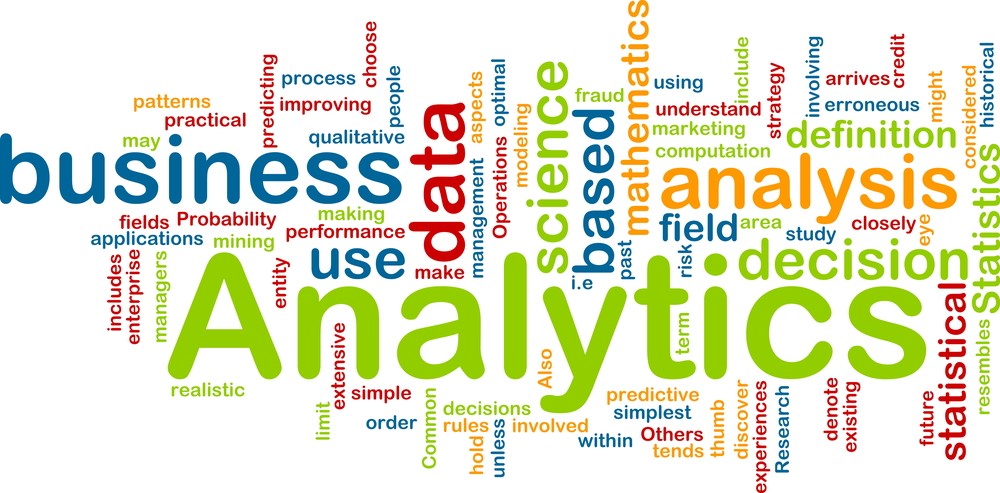Data Analytics
"Data Analytics: Unveiling Hidden Insights for Business Success"

Introduction
Data analytics plays a crucial role in uncovering hidden insights and trends that drive business success. By applying sophisticated techniques to large volumes of data, organizations can extract valuable information that may not be immediately apparent. Here are key aspects of the role of data analytics in uncovering hidden insights and trends
-
Identifying Patterns and Relationships: Data analytics enables organizations to identify patterns and relationships within their data. By exploring data sets using techniques such as clustering, regression analysis, and association rules, businesses can discover correlations and dependencies that provide valuable insights. These insights can help identify factors that influence customer behaviour, market trends, or operational performance.
-
Predictive Analytics: Data analytics allows organizations to leverage historical data to make predictions about future outcomes. Through techniques like regression analysis, time series forecasting, and machine learning algorithms, businesses can identify trends, forecast demand, and anticipate market shifts. Predictive analytics empowers organizations to make informed decisions and take proactive measures, gaining a competitive edge.
-
Customer Segmentation and Personalization: Data analytics facilitates customer segmentation, dividing a customer base into distinct groups based on characteristics or behaviours. By analysing customer data, organizations can identify meaningful segments and tailor their products, services, and marketing efforts to meet specific customer needs. Personalization based on data insights enhances customer satisfaction, loyalty, and engagement.
-
Market and Competitive Intelligence: Data analytics allows organizations to gather market and competitive intelligence by analysing vast amounts of data from various sources. By monitoring social media, online reviews, industry reports, and competitor data, businesses can identify emerging trends, market opportunities, and competitive threats. This knowledge enables them to adjust strategies, develop new products, and stay ahead in a dynamic market.
-
Anomaly Detection and Risk Mitigation: Data analytics helps organizations identify anomalies or outliers in their data. By applying statistical analysis and machine learning algorithms, businesses can detect unusual patterns or behaviours that may indicate fraudulent activities, system failures, or potential risks. Early detection of anomalies allows organizations to take preventive measures and mitigate risks before they escalate.
-
Process Optimization and Efficiency: Data analytics plays a crucial role in optimizing processes and improving operational efficiency. By analysing data on key performance indicators (KPIs), organizations can identify bottlenecks, inefficiencies, and areas for improvement. Data-driven insights enable businesses to streamline processes, allocate resources effectively, and optimize supply chain management, ultimately enhancing productivity and reducing costs.
-
Data-Driven Decision-Making: Data analytics provides a solid foundation for decision-making. By analysing data from multiple sources, organizations can reduce reliance on intuition and subjective judgment, making decisions based on data-driven insights. This approach minimizes the risks associated with gut feelings or biased decision-making, leading to more informed and effective strategic choices.
Discuss the benefits of leveraging data analytics tools and techniques in decision-making and strategy formulation.
- Data-Driven Insights: Data analytics tools enable organizations to extract meaningful insights from vast amounts of data. By leveraging techniques such as data mining, machine learning, and statistical analysis, businesses can uncover patterns, correlations, and trends that may not be apparent through traditional analysis. These insights provide a solid foundation for decision-making, offering a more accurate and comprehensive understanding of the business environment.
- Improved Decision-Making Accuracy: Data analytics tools provide organizations with quantifiable and evidence-based information, which leads to more accurate decision-making. Rather than relying solely on intuition or experience, decision-makers can leverage data-driven insights to make informed choices. By minimizing guesswork and subjectivity, data analytics improves the accuracy and reliability of decisions, ultimately enhancing business outcomes.
- Proactive Strategy Formulation: Data analytics enables proactive strategy formulation by providing foresight into future trends and market shifts. By analysing historical data and using predictive analytics, organizations can anticipate customer needs, identify emerging market opportunities, and predict potential risks. This proactive approach allows businesses to adjust their strategies ahead of time, capitalize on opportunities, and mitigate potential threats.
- Cost Reduction and Resource Optimization: Data analytics tools help organizations optimize resource allocation and reduce costs. By analysing operational data, organizations can identify inefficiencies, streamline processes, and eliminate waste. This leads to improved resource utilization, reduced costs, and increased operational efficiency. Data analytics can also aid in identifying cost-effective suppliers, optimizing pricing strategies, and improving inventory management.
- Enhanced Customer Understanding: Data analytics tools enable organizations to gain a deeper understanding of their customers. By analysing customer data, organizations can identify preferences, buying behaviours, and patterns. This knowledge allows businesses to personalize their offerings, develop targeted marketing campaigns, and improve customer engagement. With a better understanding of their customers, organizations can build stronger relationships, enhance customer satisfaction, and drive loyalty.
- Competitive Advantage: Data analytics provides a competitive advantage by enabling organizations to make data-driven decisions faster than their competitors. By leveraging real-time or near-real-time data, organizations can respond to market trends, customer preferences, and competitive moves swiftly. This agility allows businesses to adapt their strategies, products, and services to stay ahead of the competition and seize opportunities as they arise.
- Risk Mitigation: Data analytics tools aid in identifying and mitigating risks. By analysing historical and real-time data, organizations can detect anomalies, identify potential fraud or security breaches, and assess risk exposure. This enables businesses to take proactive measures to mitigate risks, enhance security measures, and safeguard their operations and assets.
- Continuous Improvement: Data analytics supports a culture of continuous improvement within organizations. By analysing performance metrics and feedback data, organizations can identify areas for improvement and track the impact of changes and initiatives. This iterative process allows businesses to make data-driven adjustments, optimize strategies, and drive continuous growth and innovation.
CONCLUSION
Utilizing data analytics methods and technologies to make decisions and develop strategies has several advantages for businesses. In today's data-driven world, data analytics enables firms to make wise decisions, acquire a competitive advantage, and propel corporate success. These capabilities range from data-driven insights and increased accuracy to proactive strategy development and cost optimization.
